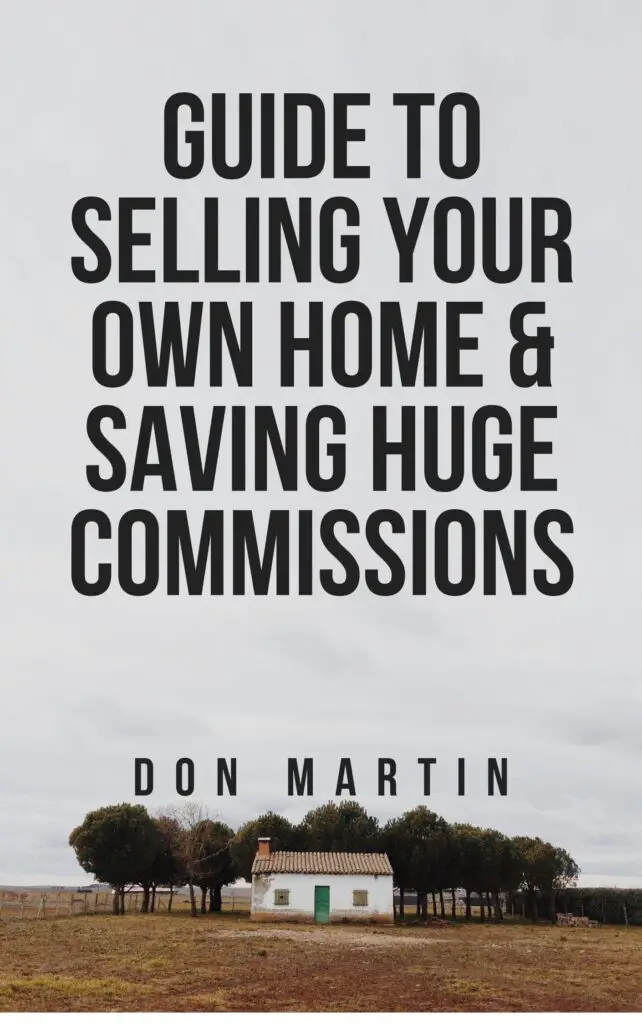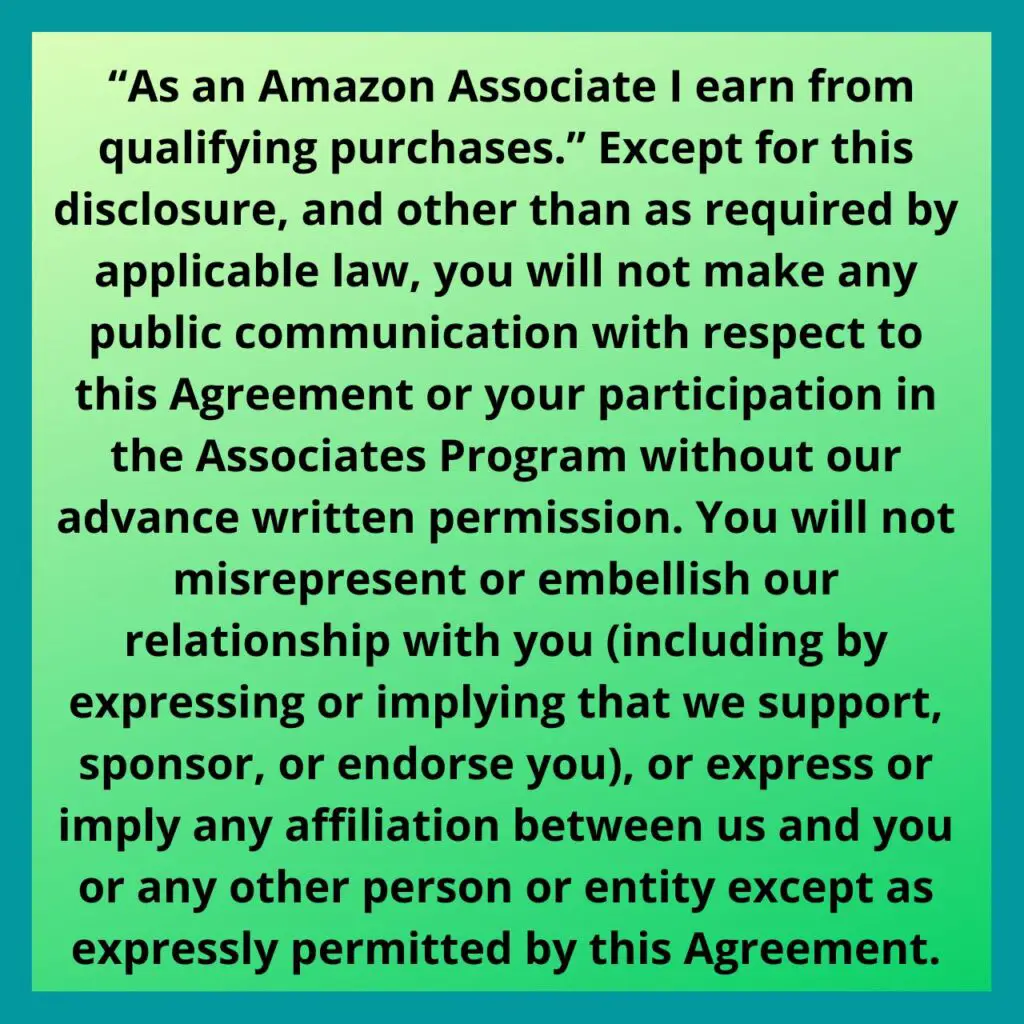Written by Don Martin. You can follow all of Don Martin’s work HERE and/or a less frequent newsletter HERE. Please share these thoughts with your buds using the buttons at the end. Thanks!
A refrigerator is a pretty big expense.
We are going to start on the conservative side, and say a good refrigerator might cost you $1500 or $1600. This is no SUB-ZERO, but a good, water-in-the-door, side-by-side unit. Tap or click here for more about refrigerators. They can range from a few hundred dollars to several thousand dollars.
They don’t repair “older” appliances.
The life expectancy of appliances is limited. For a refrigerator, it is around 14 to 17 years. The newer the appliance, sadly, the lower the lifetime. In refrigerators, the freon has changed (evolved,) and the construction is designed to be less expensive for its initial build, but its components are less able to be reached and therefore repaired.
Initial warranty on newer units that may develop a problem, more likely involve a replacement of the appliance, rather than any warranty repair.
Credit card vs cash for repair
Let’s say your refrigerator does need a repair or replacement. There are, of course, two ways to obtain (read “pay for”) such a step. Just doing without a refrigerator is rarely an option.
Credit, in the form of a credit card is usually the first choice, since, today, few people have a cash reserve to fall back on.
Credit cards are helpful, and always better than not having a fridge. But the only have a finite amount of credit room for you to use for charging, and this may be a big one. If you do have enough room in your available credit, this may but a serious dent in it until you pay it down considerably.
And, of course there is always the interest you will be paying for the use of it, even if the cause was an emergency. That interest can cause the total cost of your emergency to be A LOT more than it started out.
Cash would obviously be a superior choice, if you had the cash.
Emergency fund vs sinking fund
If you have been a reader for long, you know that I am a proponent of an Emergency Fund. Whether it is “only” a thousand dollars or so, or if it is fully funded with 3 – 6 month’s income saved back, it can be a LIFE SAVER! Tap or click here for more I have written about an Emergency Funds.
What is a sinking fund?
A sinking fund is a bit like being able to see into the future, and preparing for a specific event coming your way.
Let’s say you need to pay some club or association dues amounting to $300 a year from now. That amount is always a chunk out of that month’s budget, so you try something different this year.
This year, you grab an envelope, and write “dues” on it. Divide $300 by 12 months, and the result is $25 per month, so each month for the next year, you drop $25 into the envelope.
Next year when dues time rolls around, you can still buy groceries, because your dues are already there in the envelope. You “paid” them in advance this year.
How does this apply to my refrigerator?
Taking it to the next level, let us say your $1500 refrigerator is going to last you 15 years, on average.
Fifteen years is 180 months. $1500 divided by 180 months is $8.34 per month you need to save Not to big a “what-hit-me.”
There are some variables. You may have bought your house with the refrigerator already in place, so you don’t really know it’s age. Your refrigerator may need replacing during the biggest sale of the year. Your fund may not completely cover you this time. Tweak it next time.
You may want one for your stove and one for your dishwasher, and eventually one for your car, too, when you realize how great they are! Just keep your sinking funds separate from your emergency account and separate from each other ‘lest you destroy the beauty of them. Google the life expectancy for each item/fund. Tap or click here for more about kitchen appliances.
Places to keep a sinking fund.
Start small and start immediately are great words to live by. Some people use an envelope for a sinking fund. Some prefer a bank. You can’t grab your money as quickly at a bank, but you don’t make any interest in an envelope. The decision is yours. I would base it on the amount and the length of time you expect to have to accrue it.
I am fond of Capital One Bank, for one. You can set up and bank electronically. They will let you set up more than one account with goals, and help you track your progress. They will let you set up an automatic deposit into your savings account(s.)
Ally Bank is another of which I am fond, which also pays a better interest rate with no brick-and-mortar expenses. Ally has also recently set up what they call a “bucket” system for more than one savings goal.
Join our community, and subscribe/click here!
We are a participant in the Amazon Services LLC Associates Program, an affiliate advertising program designed to provide a means for us to earn fees by linking to Amazon.com and affiliated sites.
(This post may contain affiliate links, which means if you click, or make a purchase by clicking on them, I may receive a small commission, at no additional cost to you, that will help me continue to bring you valuable content. To that end, not all of the items on this page are affiliate links, as that is not a requirement to be on this page. Thanks for your support!)
Please let me know if you want more info about any specific topics.
Disclaimer | Privacy Policy | Terms of Use
.










